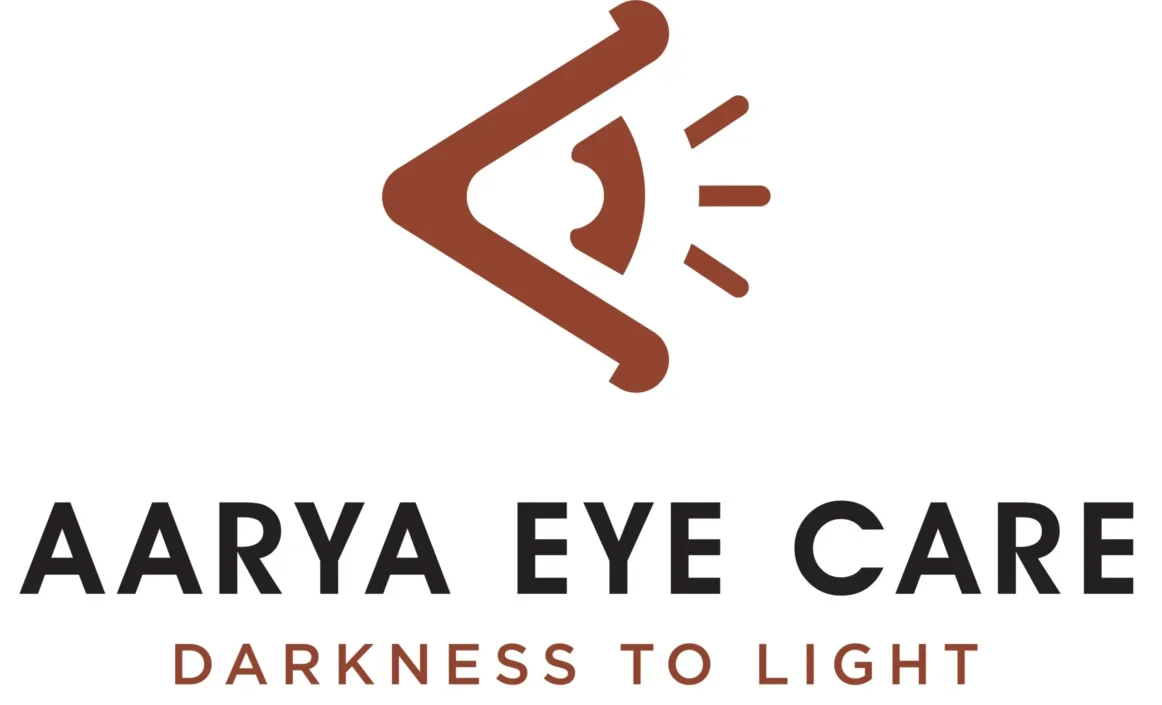Glaucoma Causes and Risk Factors: A Complete Guide
People fail to understand the glaucoma causes and risk factors, which leads it to become a major cause of irreversible blindness. Glaucoma mainly increases eye pressure yet it can harm the optic nerve while remaining symptomless throughout the damage period. Identifying glaucoma causes and high-risk patient types becomes vital for performing early detections before treatment begins. This study examines both the root factors and protective measures along with the elements that increase the risk of vision loss to ensure proper vision protection.
What Is Glaucoma?
Glaucoma develops as a collective group of eye diseases that progressively injure the optic nerve required to maintain clear sight. High intraocular pressure (IOP) usually develops from improper fluid drainage causing optic nerve damage in the eye. Most glaucoma sufferers go undetected throughout the disease process due to its lack of noticeable warning signs thus patients discover their condition only when significant vision loss has taken place. Annual eye examination and timely diagnosis are essential for effective disease management.
Causes of Glaucoma
The causes of glaucoma differ and it is based on the type and how advanced it is. Here are the most common causes:
- Poor fluid drainage: When the eyes aqueous humor doesn’t drain properly, it leads to increased pressure.
- Blocked drainage channels: This occurs in angle-closure glaucoma, causing sudden pressure spikes.
- Eye injuries or inflammation: Trauma can alter the eye’s drainage system or increase pressure.
- Medical conditions: Diseases like diabetes and hypertension are known contributors.
- Side effects of medications: Long-term use of steroid eye drops can elevate eye pressure.
- Age-related changes: Degeneration of eye tissues increases the risk of fluid buildup.
Major Risk Factors
Understanding the key glaucoma risk factors helps in early identification and proactive care. Below are the major contributors:
- Age: People over 60 are at higher risk. The risk increases further after the age of 70 due to age-related eye diseases.
- Family History: If glaucoma runs in your family, you are significantly more likely to develop it. Genetics plays a key role in all major types, including open-angle glaucoma and congenital glaucoma.
- Ethnicity: Individuals of African, Asian, or Hispanic descent are more prone to developing glaucoma and experiencing severe vision loss.
- High Intraocular Pressure (IOP): Increased eye pressure is a primary indicator for developing open-angle and angle-closure glaucoma.
- Medical Conditions: Chronic illnesses such as diabetes, high blood pressure, and heart disease are linked with a higher risk of optic nerve damage.
- Eye Injuries and Surgeries: Previous eye injury, surgery, or conditions like inflammation can result in secondary glaucoma.
- Long-term Use of Steroid Medications: Prolonged use of steroid eye drops or oral steroids can raise eye pressure and increase your glaucoma risk.
- Thin Cornea: A thinner-than-average cornea can affect eye pressure readings and may signal higher vulnerability to glaucoma.
Can We Prevent Glaucoma?
While glaucoma cannot be completely prevented, its progression can be slowed or controlled with timely intervention. Here is how you can reduce the risk:
- Schedule regular eye exams, especially if you belong to a high-risk group.
- Monitor and manage diabetes, hypertension, and other medical conditions.
- Reduce steroid eye drop usage.
- Follow a healthy lifestyle with proper diet and exercise.
- Seek medical attention for eye pain, blurred vision, or halos.
Early detection and proper care significantly reduce the chances of permanent vision loss.
Read : Essential Habits for Healthy Eyes
When to See an Eye Specialist
You should visit an eye specialist or ophthalmologist if you experience blurred or narrowed vision and eye redness, pressure, or pain, Vision loss in your peripheral (side) field, or Experiencing halos around lights and frequent changes in your eyeglass prescription.
Even in the absence of symptoms, glaucoma screening is vital for individuals above 40 or those with a family history of glaucoma. Early detection of hidden warning signs requires a detailed eye examination.
Why Choose Aarya Eye Care for Glaucoma Treatment?
Aarya Eye Care, a trusted glaucoma treatment hospital in Thrissur known for clinical excellence, compassionate care, and using highly advanced technology. Our team of expert ophthalmologists specializes in diagnosing and managing all types of glaucoma, from normal-tension to congenital cases.
We are proud to offer NABH-certified facilities with years of experience in handling complex glaucoma cases. We have advanced diagnostic tools for precise glaucoma screening and offer individualized treatment plans specifically to patient needs. Moreover, our patient-first approach in managing chronic eye diseases and for the best glaucoma treatment hospital in Thrissur makes Aarya Eye Care as a trusted place with commitment to preserving your vision.
Conclusion
Basic knowledge about glaucoma causes and risk factors leads to better vision protection despite their tendency to remain unnoticed. The progression of disease depends significantly on eye pressure together with genetic association and chronic illnesses. Through the combination of early diagnosis along with lifestyle modification and appropriate medical treatment, people can successfully handle this condition and fend off blindness.
At Aarya Eye Care, our experts immediately deliver eye care solutions and offer the best glaucoma treatment in Thrissur for people who face risks alongside their family members.
Book an appointment today for keeping healthy eyes.








